If you are thinking of getting a chinchilla, you may be wondering about chinchilla cages. Chinchillas need a cage that will keep them happy and healthy. It doesn’t have to be a huge cage, but it should at least meet their needs.
A chinchilla’s physical and mental health and well-being depend on how safe and well-equipped its cage is. In this article, we will discuss everything you need to know about chinchilla cage requirements and what cage is best suited to chinchillas.
What do I need to know before purchasing a chinchilla cage?
Chinchillas are active, playful animals that need a well-equipped, well-ventilated cage to live in. A cage for one or two chinchillas should be at least 36 inches long, 24 inches wide, and 18 inches tall, with sturdy metal bars, a solid metal bottom, or a wire bottom that is 16 gauge and has 3/4 x 3/4 inch squares. Some cages come with plastic bottoms and shelves and will need to be covered in anti-pill fleece. Chinchillas will chew anything plastic, which can cause serious health issues if ingested.
If you choose a large cage, it is important to provide lots of hiding places, shelves for safety, and ledges for climbing. You will also need space to add a dust bath, which should be removed after use. Chinchillas need access to fresh water, food, and hay, so you will need water bottles, food bowls, and a hayrack. Chinchillas are full of energy, so they will need an exercise wheel.
What are the minimum cage requirements for a chinchilla?
Cage
A minimum cage size of 36 inches long, 24 inches wide, and 18 inches high is recommended. Chinchillas don’t need a huge cage, but if you do want a larger cage, you will need to make sure it is safe and is set up so that your chinchilla cannot fall from any heights. Chinchillas are agile creatures, but they can easily break bones when falling with nothing to break their fall.
Bars
If using a regular cage, it should have horizontal bars that are close enough together to prevent escape but far enough apart to allow for ventilation. It needs to be strong enough to hold ledges without bending or breaking.
Ledges
The cage should have multiple levels with platforms and ramps for climbing and exercise. Shelves provide safety if your chinchilla should take a tumble while running around. If you have a wire-bottom cage, ledges will give your chinchilla somewhere to rest their feet.
Bedding
If using a wire-bottom cage, we recommend using untreated, kiln-dried pine wood shavings or aspen, as well as providing ledges; both will give your chinchilla somewhere soft to rest their feet. As mentioned above, anything that is plastic can be covered with anti-pill fleece. Anti-pill fleece is the only fabric that is safe for chinchillas and will not cause issues if they eat it.
Chew toys
Chinchillas’ teeth continually grow, so you will need to provide appropriate chew toys made of safe materials, such as untreated wood. Toys prevent boredom and help to keep teeth short.
Poop guards
Poop guards are not cage essentials, but they do help keep poop inside the cage. Chinchillas poop a lot, and while you can train them to pee in a litter tray, you cannot train them to poop in one.
Water bottle
Chinchillas need a constant source of fresh water from a large water bottle that attaches to the side of the cage. Chinchillas cannot have water bowls as they may jump in them or tip them over. We prefer glass bottles, but if you provide a plastic bottle, place it on the outside of the cage.
Hides
Chinchillas are cave dwellers in their natural habitat, and they can become stressed if they cannot hide away when they sense danger. You will need to provide multiple cosy, safe hiding spots for them. You can do this with hammocks, tunnels, and wooden hides. Whatever you choose, it should be made from anti-pill fleece, untreated kiln-dried white pine, and unpainted metal. Remember that anything made of wood is likely to be chewed, so avoid wooden hides that are made using glue, nails, or screws, as they can cause an injury to your chinchilla.
What chinchilla cage should I get?
Any of these cages would be suitable for your chinchilla. Some of them might need adaptations to make them chinchilla-safe. I personally have the Pet Planet cage and found it needed very few safety changes. I love the front-opening double doors and the deep metal pans.
- Thickets House cages
- Paul Spooner cages
- Liberata explorer
- PetPlanet rat and ferret cage
- Ferret Nation:
Cleaning a chinchilla cage
It is important to clean and disinfect a chinchilla’s cage on a regular basis to prevent odours and bacteria. We also recommended spot-cleaning the cage on a daily basis to remove poop. It is also important to regularly clean and disinfect cage accessories. You can clean both the cage and accessories using diluted (2 ml to 1 litre of water) F10 SCXD disinfectant. Just make sure they are thoroughly dried before placing them back in the cage.
Fleece liners will need to be changed every 2–3 days, as they can harbour bacteria that can lead to bumblefoot.
What else do I need to know?
Chinchillas can be kept in a cage at all times, but letting them out can be a fun way to spend time together and help you bond with them. We recommend waiting until they are at least six months old to allow them cage-free play time. Chinchilla babies are susceptible to overheating and low blood sugar when they are running around a lot.
If you do want to allow cage-free play time, we don’t recommend any more than 15 to 20 minutes, 2-3 times a week, but start with 5 minutes at a time and increase by 5 minutes over a few weeks. When done slowly, they will be able to better control their body temperature and develop a better tolerance to hyperglycemia.
We suggest putting up a small playpen with hiding spots for your chinchilla in case it gets scared. We do not recommend allowing chinchillas to roam freely in large areas; they do better in smaller spaces. If your chinchilla gets scared and runs for cover, it will be less of a hassle to catch them and put them back in their cage if they are contained in a smaller area.
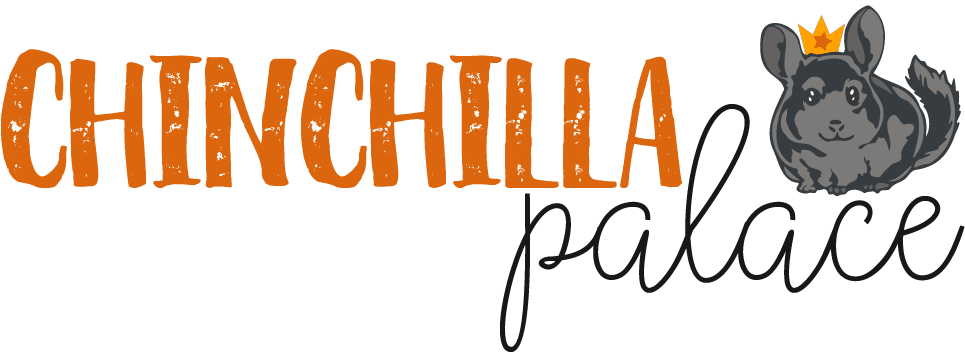
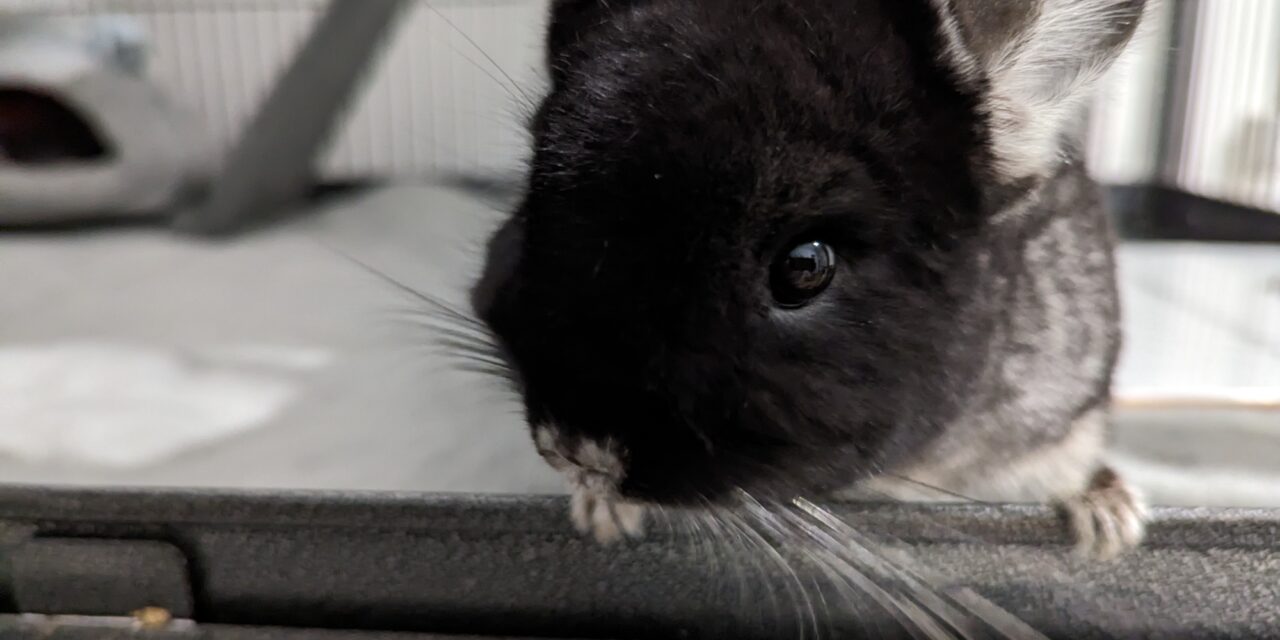

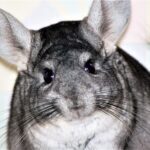
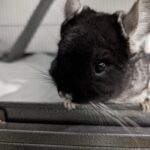

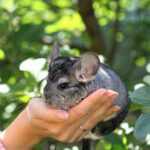
Recent Comments